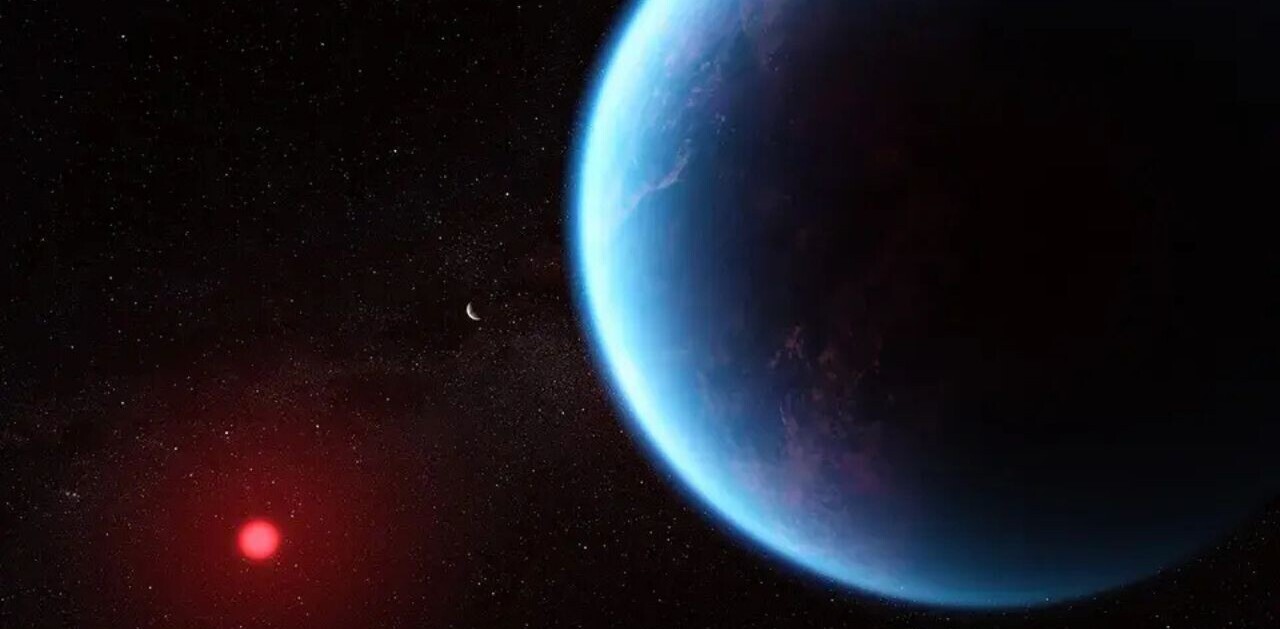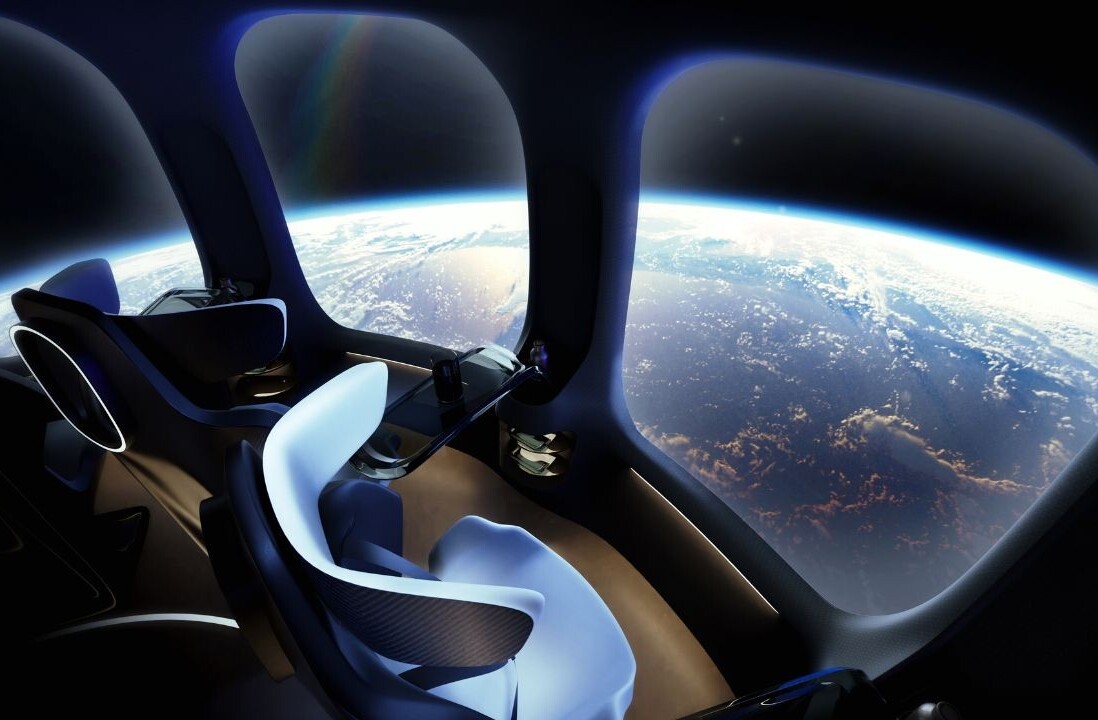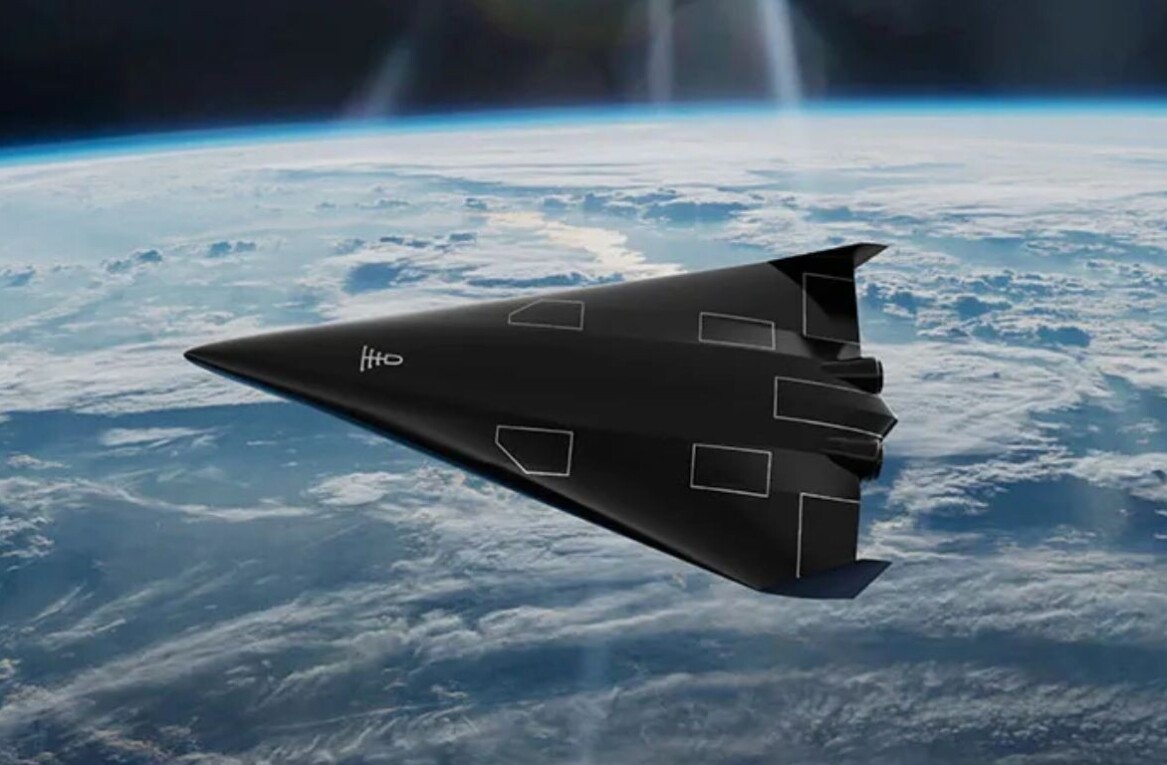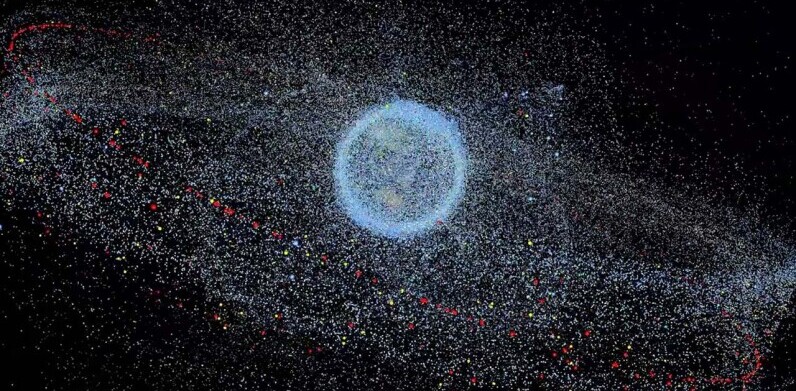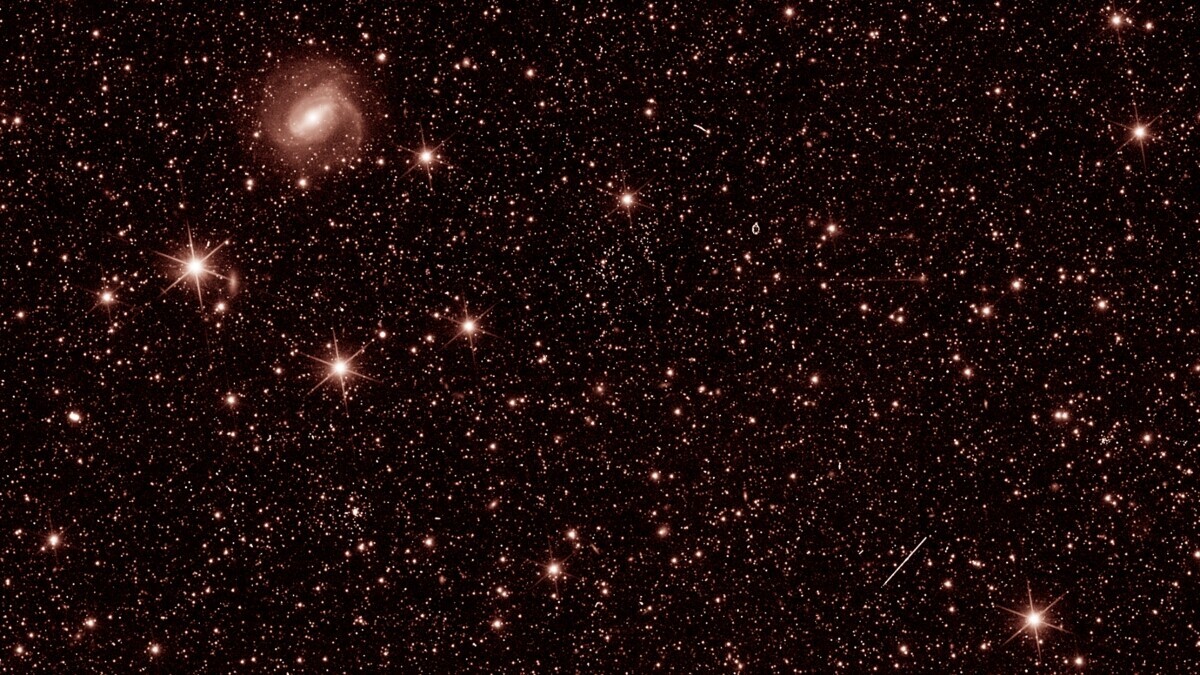
Europe’s new space telescope Euclid has returned its first sparkling images of deep space, in a “tantalising glimpse” of what is to come.
The images are not only mesmerising, but they also show that all the telescope’s instruments are running smoothly. This must come as a major relief to scientists at the European Space Agency, who have spent €1.4bn over the last 16 years developing the telescope.
Euclid was launched on a SpaceX Falcon 9 rocket from Cape Canaveral in Florida on 1 July and has almost arrived at its destination — a vantage point known as the Second Lagrange Point, located about 1.5 million km from Earth. The super-telescope James Webb also occupies this spot.

While James Webb was developed to zoom into the details, Euclid can go “fast and wide.” Over its six-year life, the fully calibrated Euclid will ultimately observe billions of galaxies up to 10 billion light years away to create what scientists say will be the biggest ever 3D map of the sky.
The map will offer insights into how the universe has expanded, and how its structure has evolved over cosmic history. It will also reveal more about the role played by gravity, and the nature of dark energy and dark matter. Together, these phenomena make up 95% of the cosmos and appear to control the shape and expansion of everything we see out there, but exactly what they are still remains a mystery.
“It’s exhilarating and enormously emotional to see these first images,” said Euclid project manager Giuseppe Racca. “It’s even more incredible when we think that we see just a few galaxies here, produced with minimum system tuning.”

The black and white images above were taken by Euclid’s visible light instrument (VIS), which captures light visible to the human eye. This camera will go on to capture “sharp” shots of billions of galaxies to measure their shapes.
ESA likens the range of the close-up to about one-quarter the width and height of the full moon as seen from Earth — a mere fraction of the night sky.
Meanwhile, the red images below were captured by the Near-Infrared Spectrometer and Photometer (NISP) instrument, which captures infrared light and will measure the amount of light galaxies emit at each wavelength.
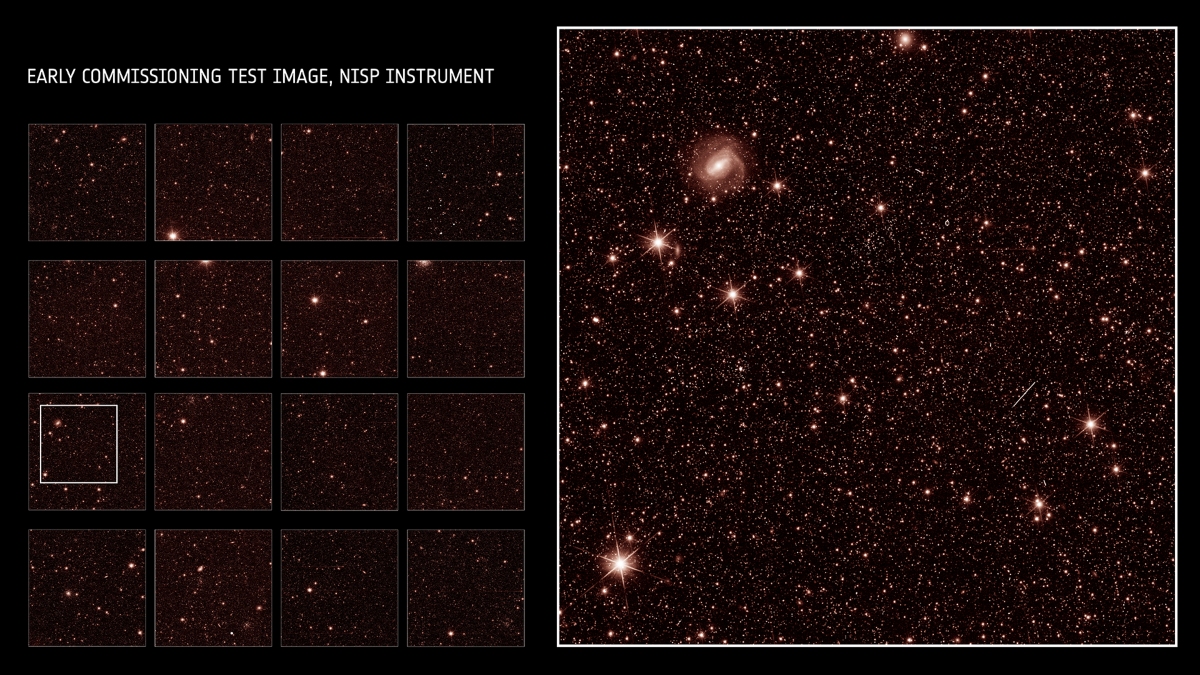
The ESA said some of the highlights from both images include “spiral and elliptical galaxies, nearby and distant stars, star clusters, and much more.”
Interestingly, if you look closely at the VIS imagery, you can see lots of little streaks. These are tracks left by high-energy particles, or cosmic rays. They strike the camera’s detectors at all angles to leave lines of various lengths.
“Ground-based tests do not give you images of galaxies or stellar clusters, but here they all are in this one field,” said Reiko Nakajima, one of the scientists behind the VIS instrument. “It is beautiful to look at,” he added.
The infrared NISP camera also took a third image:

Each streak in this image represents the light spectrum of an individual galaxy or star. This special way of looking at the universe allows us to determine what each galaxy is made of, and its distance from Earth.
While these snapshots are already really cool, the ESA stressed they are “early test images” taken to check the instruments and review how the spacecraft can be refined, and “more detailed” images will be released at a later date.
If Euclid is successful, it will provide us with an unprecedented chronology of the history of the cosmos and help us unravel the mysteries of the universe — and our own existence.
Get the TNW newsletter
Get the most important tech news in your inbox each week.
